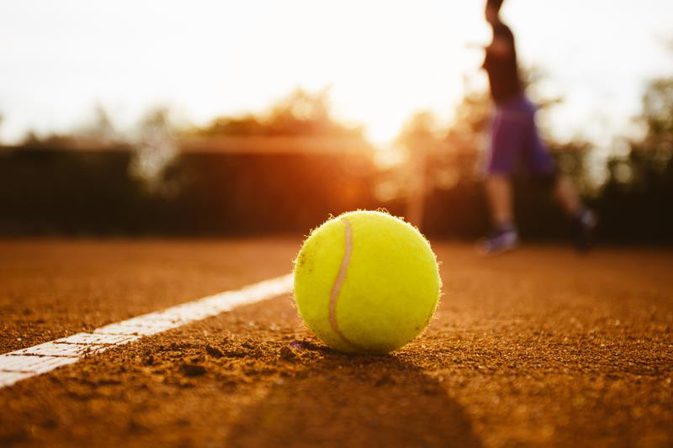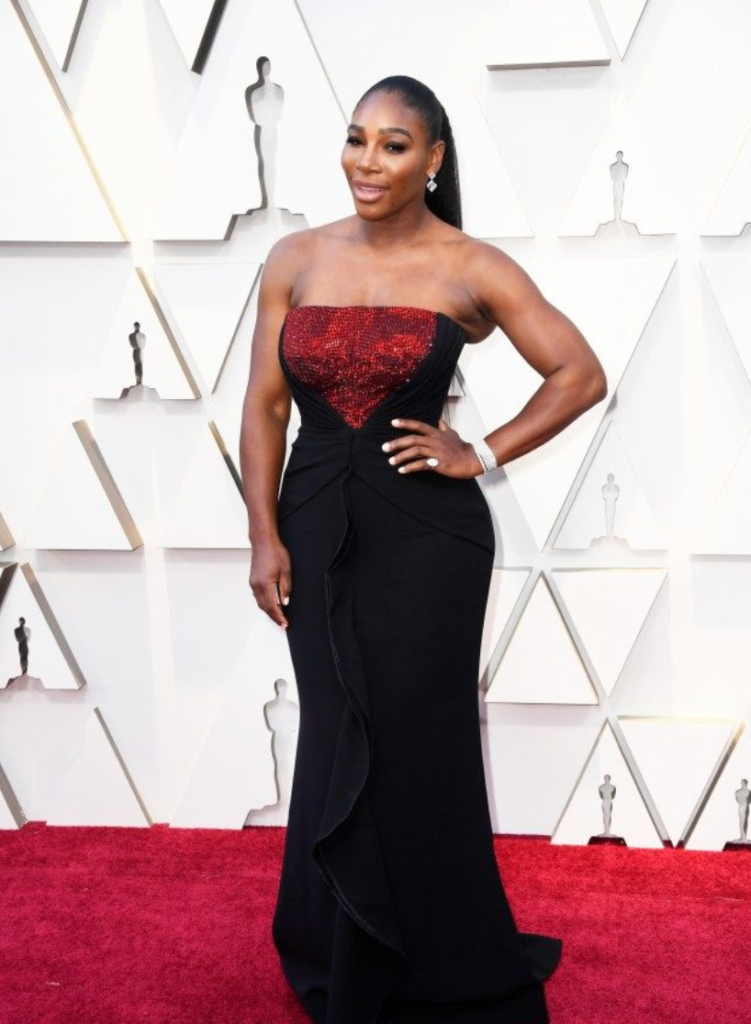While watching Naomi Osaka battle back against Victoria Azarenka in the second round at Roland Garros, I was struck not by her flair but by her flaws. I had just spent the weekend at a junior tennis tournament where I would tsk and sigh when my Junior Tennis Star hit a ball out of bounds or into the net. As Osaka clawed back the match, I began to pay attention. No one, not even the pros, have a flawless performance. I’ve touched on this before (see my February 10, 2019 post), but I could not let this perspective go as I continued to watch the French Open.
The next match was the Federer-Wawrinka match. Roger Federer is as close to perfect as you can come in my book, but he, too, had a battle against Stan Wawrinka, who for much of that match, despite his loss, was guided by the tennis gods. So, I wanted to know: in tennis, is there such thing as perfection? In bowling there is the 300 game (and, apparently, it’s all about how quickly you can bowl the perfect game — 74.9 second on June 5, 2017), and in baseball there is the no hitter, but tennis?
My research uncovered what is called the “golden set.” I know your mind just went to R. Kelly, but focus here! A golden set is a set which is won without losing a point. This means 4 points in each game times 6 games, or 24 flawless points without conceding a point to your opponent. That sounds easy enough, right? It’s the same as carrying two cartons of eggs home from the grocery store without cracking an egg. Or not checking FaceBook for a full day, or 24 hours.
But in tennis, perfection is elusive. In pro tennis, only three golden sets have occurred. In 1943, Pauline Betz won the Tri-State tournament in Cincinnati, defeating Catherine Wolf which included a first golden set, and Bill Scanlon had a golden second set in his win over Marcos Hocevar at the 1983 Delray Beach WCT event. More recently, Yaroslava Shvedova had a first golden set in her win over Sara Errani in the third round at Wimbledon in 2012. Shevedova was unaware she made history with her flawless performance until she got back to the locker room.
The New York Times reporting of Shevedova’s performance, well worth the read, reminded me of a passage from one of my favorite novels, Brideshead Revisited, where Charles, at Sebastian’s urging, paints a landscape on the walls of the office at Brideshead: “Here, in one of the smaller oval frames, I sketched a romantic landscape, and in the days that followed filled it out in colour, and by luck and the happy mood of the moment, made a success of it. The brush seemed somehow to do what was wanted of it. It was a landscape without figures, a summer scene of white cloud and blue distances, with an ivy-clad ruin in the foreground, rocks and waterfall affording a rugged introduction to the receding parkland behind. I knew little of oil painting and learned its ways as I worked.” If you have ever taken paint to paper or canvas and were pleased with the result, you would grasp this elevated, outer-body feeling of being guided by a larger force captured so perfectly by both Evelyn Waugh and the New York Times.
But I say this for myself, especially, but also for you: do not chase perfection because you will never catch it. Martina Navratilova, Roger Federer, Steffi Graf or Serena Williams never did. Stop worrying about your hair or the dust bunnies in your kitchen. Don’t fret about your junior tennis star’s mis-hits into the net or wild wacks out of bounds because they will always occur. Think, just think right now, what at this moment is making you happy and focus on it…





